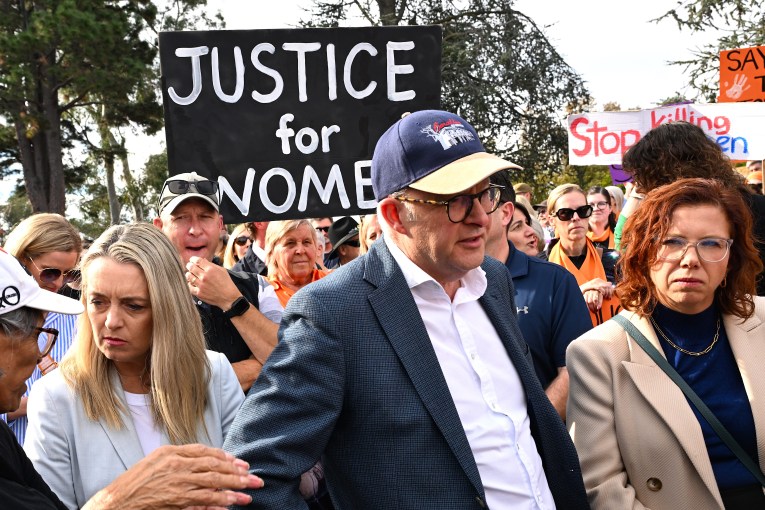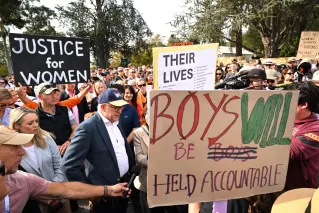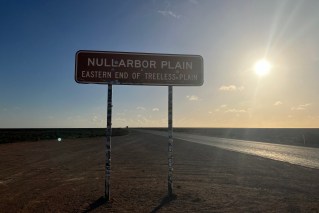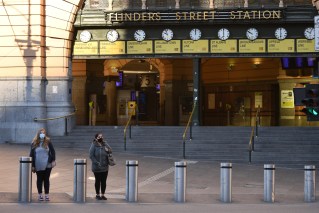Australia has 13 million empty bedrooms – so why are we only talking about building more?
Queensland runs the real chance of setting planning and development policies on a population surge that is, essentially, a one off and already moderating according to Queensland Treasury reports.

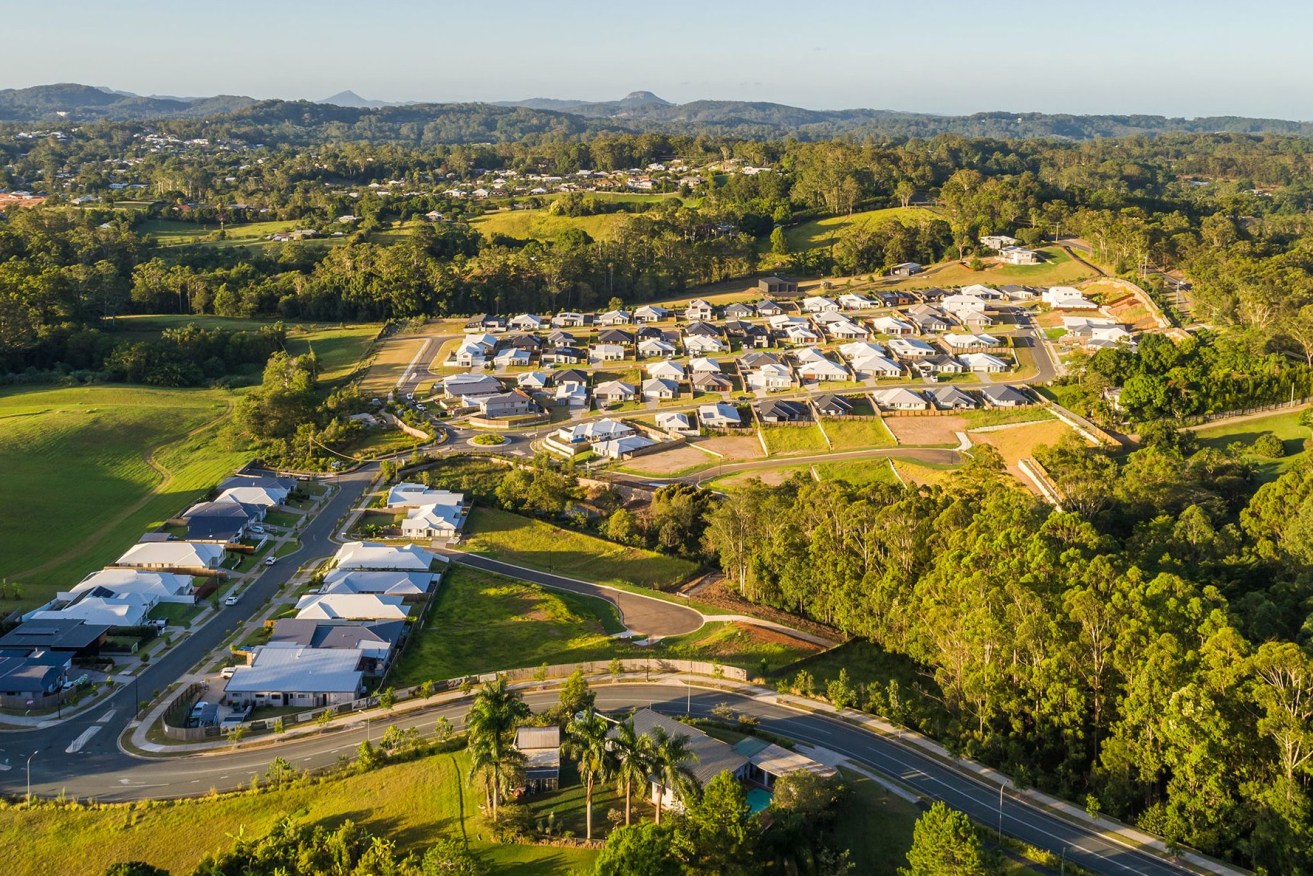
A housing development near Palmwoods on the Sunshine Coast. Latest figures show the population spike may already be waning. (Image: Panorama)
The very large and obvious surge in the state’s population was caused by interstate migration and a big jump in overseas migration, after two to three years of slow growth. Both of these growth developments were post the Covid plague.
Moreover, government reports this year show those surges significantly easing . Indeed the out years in the state budget papers give testament to that moderation. Let’s be clear the population growth is slowing and will resume normal trajectory over the balance of the decade.
Yet all the talk is about the need for more land to develop, and fast tracking projects.
Its important that essential truths about the property market are spoken: Housing availability and affordability aren’t the same thing; one third of Queensland are renters and that’s unlikely to change in the near to mid-term future, so the property debate is essentially about the two thirds of us who hold one or more property.
The price of new homes is the predominant influence on new home prices. Existing housing stock is driven by three factors , the price of existing homes, interest rates and wages. Unit prices are somewhat different and behave independently because of the large number of investors in that market, and alternative investments such as the stock market .
Existing stock utilisation is also a major challenge . Household formation rates are very low. AHURI, the Australian Housing and Urban Research Unit and the nation’s pre-eminent urban research body stated late last year that there were 1 million under-occupied or unoccupied homes and a staggering 13 million spare bedrooms in Australia. That’s a very hard one for governments to solve.
As at September just gone, the State’s Land Monitor shows SEQ developers held 60,000 lots that they aren’t releasing for sale. Indeed, according to Stockland’s 22-23 financial year report they are increasing their land holdings.
Five large listed and private developers, including Stockland, Lend Lease and Peet control the flow of new house and land packages on to the SEQ market .
Apart from the greenfields land banking , the well respected veteran Brisbane property market analyst Michael Matusik has said “there is a heck of a lot of apartment and townhouse (mainly unit) projects across south- east Queensland that are approved, but are yet to start”.
It’s certainly an oligopoly, and in some council areas such as the Sunshine Coast is a near monopoly. This situation is unique to Queensland – greenfield land holdings are far more widely held in the other mainland capital cities.
Moreover, state governments of all political persuasions have been land developers interstate for over 50 years. It helps avoid private developer hegemonies such as we have in the South East.
The hackneyed claims that state and local governments are holding up development is an enduring myth . By wide acclaim Queensland has the most permissive planning legislation in the country.
Most development is as of right and approved in months , if not weeks. Only two percent of all developments lob at the council table , they are approved quickly by council officers under delegation.
It’s only the very complex and often marginal projects that attract greater scrutiny by governments. Developer Infrastructure Contributions were cut and capped over a decade ago.
Then there’s the building industry which has been hard hit by rising prices and labour market shortages slowing supply. This is the cyclical market at work. Fortuitously a recent AFR Survey found builders’ cost pressures were moderating . The big listed developers annual reports say likewise .
Let me be clear, I have no quarrel with developers, or them making money . Many people’s jobs and shareholder returns rely on them, but governments shouldn’t purposefully leg them up, or inadvertently create near monopolies in SEQ designated growth corridors.
Granted much of the Queensland Government’s very recent policies have been aimed at increasing density and infill closer to the CBDs.
Last week’s announcement that the Palaszczuk Government would become more activist in the property developer market is welcome. But they need to quickly limit future huge land holdings falling to already entrenched interests.
Panicking over the large population surge with an eye to the State election just a year away could result in very bad policy decisions that could take a generation to unwind .
The Palaszczuk Governments needs to stay the course on facts, rather than fall to myth or sectional-based interests in future planning and development, and become far more activists like their interstate counterparts .
Greg Hallam AM, PSM is a former Chief Executive Officer of the Local Government Association of Queensland who writes regularly for InQueensland.
